Space Physics research group
Our research group is mainly focused on space plasma physics and space weather. Our activities are strongly related to space missions by ESA and NASA. We process spacecraft data and provide theoretical interpretation. Our research topics are related to a high number of Solar System objects:
- Sun and Heliosphere (OA, EG, KK, MT):
- Magnetic field in the Heliosphere (Erdos et al.)
- Solar wind structures (Opitz et al. 2009 and 2010, Dosa & Erdos)
- Space weather
- PSWS (Andre et al. 2018) and SPIDER (Andre et al.)
- Inner Heliosphere (OTKA)
- Missions: Ulysses, SOHO, STEREO, Solar Orbiter
- Mercury (BZ, DM, KK): Bepi Colombo
- Venus (OA, Vech): VEX (Vech et al.)
- Earth (KP, TM, FL, KK, OA, FG):
- Cluster
- STEREO (Opitz et al. 2014)
- Mars (SzK, OA): MEX (Opitz et al.) and before
- Jupiter (NZ, OA): JUICE
- Saturn (NZ, BZ): Cassini (Szego, Bebesi, Nemeth et al.)
- Comets (NZ, TA):
- VEGA
- Rosetta (Nemeth, Timar et al.)
- Dust (JA)
- And beyond...
Teaching:
Space Plasma Physics (PhD)
Physics of the Solar System (MSc)
Voyage through the Solar System (BSc)
Main projects:
- EU H2020 Europlanet-RI-2024 (2020-2024)
- ESA Cluster Hungarian Data Center (2000-)
- ESA Solar Orbiter (2020-)
- ESA JUICE (2023-)
- OTKA grant (Hungarian Research Fund) for Inner Heliosphere research (2018-2023)
Last modified by Andrea Opitz on 24th February 2024.
---------------------------
Archive:
The terrestrial magnetosphere
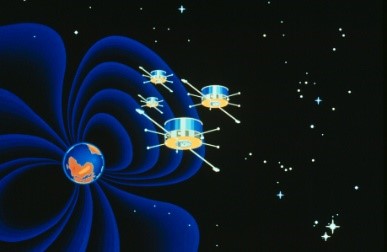
One of our research areas is the Earth’s magnetosphere and its dynamic changes. Based on magnetic field measurements of ISEE satellites we are examining irregular fluctuations, analysing MHD waves and mirror-mode instabilities.
We actively take part in the Cluster mission, a constellation of four identically equipped spacecraft orbiting the Earth and making measurements of plasma parameters. Analysing Cluster data we can separate spatial and temporal variations of the magnetosphere. Our Department is operating the Hungarian Cluster Data Centre, one of the eight regional databases of ESA, archiving all the Cluster satellite data and offering online access. The Data Centre can be reached by the following link: http://hdc.rmki.kfki.hu/cdms/
Space Weather in the Heliosphere
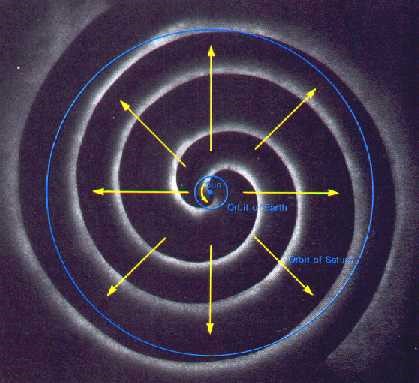
Concerning space weather, we aim to understand the 11-year cycle of the Sun, especially its irregular behaviour observed lately that can be linked to long-term variations or space climate. We are focusing our research on two areas: magnetic flux in the heliosphere and high energy ions of solar origin.
Working together with researchers of the Imperial College in London we are analysing magnetometer data of Ulysses and searching for acceleration processes arising from magnetic fluctuations.
Together with colleagues from the Irish St Patrick’s College, we analyse data from SOHO’s LION (low energy ions and electrons) experiment and search for correlation between the dynamics of particle population and the appearance of different solar wind structures, mainly CIRs.
Furthermore, we have access to data of the two Voyager spacecraft and the Stereo satellites. Our department was a member of the EU funded and already closed FP7-SOTEIRA project. The acronym (SOlar TERrestrial Investigations and Archives) relates to space weather related research topics, mainly the effect of solar eruptions on the Earth and their possible forecast.
Planetary Space Weather
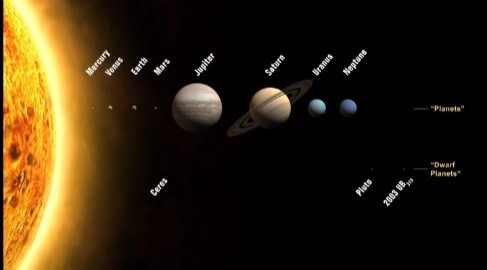
The plasma environment of rocky planets and its direct interaction with solar wind can be best studied in the vicinity of Mars and Venus. Comparing our results with similar research near the Earth, we are looking for similarities and differences in order to understand better the Earth’s reaction to space weather events.
Mars: Using Phobos-2 plasmadetector data we have developed a model of the Mars magnetopause and bow shock during solar activity maximum. Looking for acceleration mechanisms we have investigated the distribution of heavy ions in the magnetotail.
Venus: Venus is a planet without magnetosphere. Benefiting from Pioneer Venus Orbiter and Venus Express spacecraft data we have analysed its ionosphere and the interaction with solar wind. Modeling space weather near these two planets by a one-dimensional hybrid code, we have described special collisionless processes, including the detailed description of energetic electron population and wave-particle interactions.
Jupiter: We pay special attention to this giant planet, being the second most important source area for energetic electrons in the solar system – after the Sun itself. Through numeric simulations we have shown that a magnetic cavity evolves during low solar activity periods.
Furthermore we take part in the preparation of both the JUICE mission, sending satellites to Jupiter’s icy moons, and the Bepi Colombo mission to Mercury.
The plasma environment of Saturn and Titan
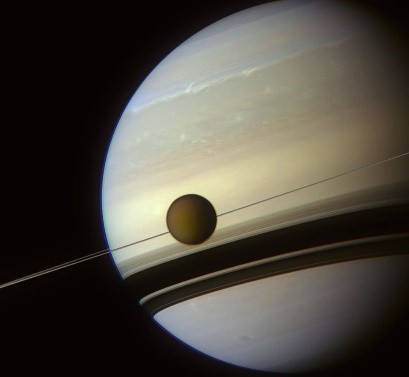
We use magnetic field and plasma parameter measurements of Cassini to study the plasma environment and magnetic field of the remarkable system of Saturn and Titan (the largest moon in the solar system), and especially the interaction of their magnetospheres. We have developed a new magnetodisk model that describes the restructuring of the magnetodisk by only one parameter. Examining energetic electron populations in time, we identified their main loss regions and could draw conclusions concerning the interaction of Titan’s and Saturn’s magnetosphere.
We also analysed the features of dust originating from Phoebe, another moon orbiting Saturn, with particular attention to the possible ionisation of dust and its movement in a magnetic field. We have developed a new dust-model that gives an explanation to nano-dust’s variation in time and space.
Cometary Physics
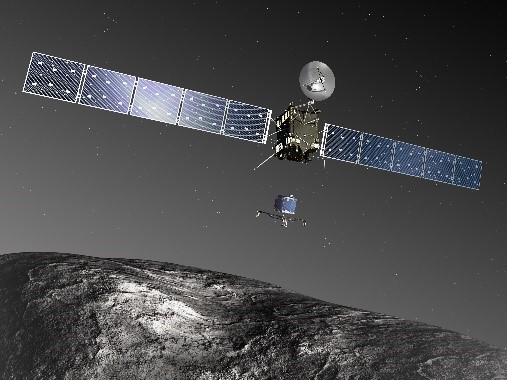
The Rosetta spacecraft reached its target, the comet 67P/Churyumov-Gerasimenko in the spring of 2014. Never before has a manmade device been in the close environment of a comet for such a long period. All the missions before could only make snapshots of these bodies, coming from the time when our solar system was born.
Rosetta, while accompanying the comet, is witnessing its different stages of life from inactive state, through the evolution of the coma and tail until it gets close to the Sun. The mission is unprecedented in another sense: the lander Philae landed on its surface successfully.
Our research group takes part in both the scientific program of the orbiter and lander on a co-investigator level, guaranteeing unlimited data access. We contribute to the program by examining the structure of the induced magnetosphere, suprathermal particles and the emitted dust particles – reclining partly upon our experience from Halley VEGA mission and partly upon our achievements in the research of other non-magnetised bodies.
Last modified on 27th August 2021.



